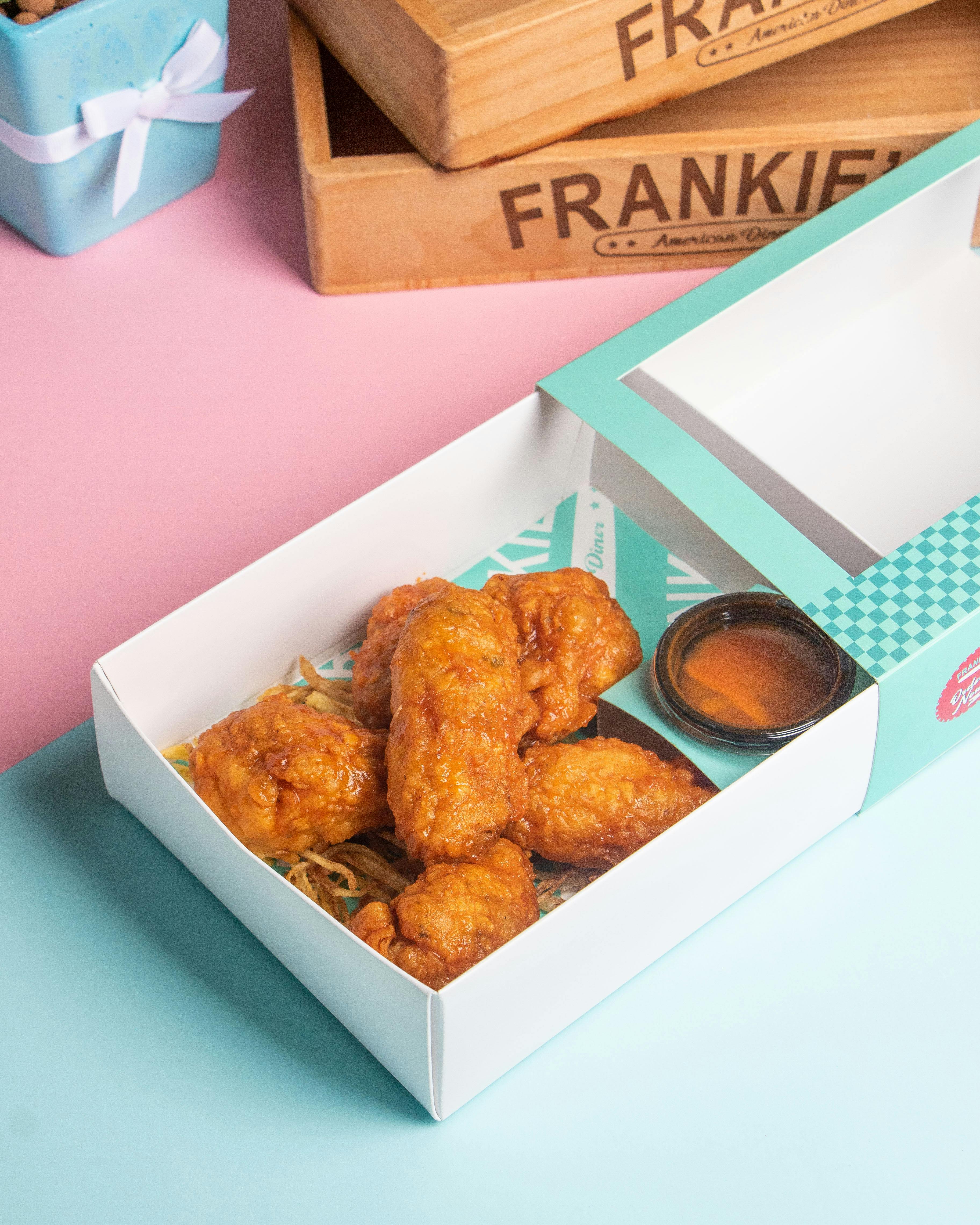
Essential Guide to How Much to Feed a Kitten for Optimal Growth
Bringing a kitten into your home is a joyous occasion, but it also comes with a host of responsibilities, the most critical being nutrition. Understanding how much to feed a kitten is essential for their optimal growth and development. A properly balanced diet not only fuels their growth but also supports their overall health. Kittens grow rapidly, and their nutritional needs change as they transition through various growth stages, from nursing to solid food.
This guide will outline kitten feeding guidelines, explore the caloric needs based on kitten weight, and provide recommendations on the best food types for kittens at different ages. You will learn how to create a feeding schedule, understand portion sizes, and avoid common kitten feeding mistakes. By the end of this article, you'll be equipped with all the essential knowledge to support your kitten’s growth journey.
Key Takeaways:
- Nutritional needs vary by age and weight.
- Wet and dry foods serve different purposes.
- Establishing a feeding schedule is crucial for their overall well-being.
- Monitoring growth and adjusting diet accordingly is necessary.
- Always consult with a veterinarian for personalized advice.
Understanding Kitten Growth Stages and Caloric Needs
Building on the fundamentals of kitten nutrition, it’s essential to identify the unique growth stages kittens go through and their accompanying caloric needs. Kittens grow rapidly in their first few months; therefore, understanding the right amount of food according to their weight is crucial.
Kitten Growth Stages
Kittens typically go through several growth stages, which include:
- Neonatal Stage: Birth to 2 weeks. Kittens depend entirely on their mother's milk or a veterinarian-recommended kitten milk replacement.
- Transitional Stage: 2 to 4 weeks. Kittens start to open their eyes and begin to explore their surroundings. It's still crucial to provide milk substitutes during this time.
- Socialization Stage: 4 to 9 weeks. This is when kittens begin to eat soft food and learn essential behavioral skills from their mother and littermates.
- Juvenile Stage: 9 weeks and beyond. Kittens should be fully weaned and are ready for a balanced diet consisting of both wet and dry food.
Understanding these stages helps in determining how much to feed a kitten and ensures they meet their nutritional needs at each phase.
Caloric Needs Based on Kitten Weight
The caloric needs of kittens vary widely based on their age and weight, and it’s vital to tailor their diet accordingly. Here’s a basic guideline:
- A kitten weighing around 1 pound should consume approximately 250 calories per day.
- As weight increases, so do caloric requirements. An 8-week-old kitten should consume about 180-220 calories per day, while a 12-week-old kitten may need up to 250 calories.
These caloric benchmarks serve as a beneficial reference when planning their meals, ensuring that kittens are fed adequately while preventing obesity and related health issues.
Kitten Feeding Guidelines: Schedule and Portion Size
With these basic principles in mind, let’s explore kitten feeding guidelines that ensure your little furry friend is thriving.
Feeding Schedule for Kittens
Establishing a feeding schedule provides a structured routine that benefits your kitten’s emotional and physical health. Generally:
- 6 Weeks Old: Feed them every 4-6 hours, starting to introduce wet food. Always ensure they have access to fresh water.
- 8 Weeks Old: Gradually shift to feeding them 3-4 times a day, providing a mix of wet and dry food.
- 12 Weeks and Over: Move towards a feeding routine of 3 meals per day.
Regular feeding times help kittens understand when to expect meals, which can reduce anxiety and promote healthy eating habits.
Kitten Portion Size
Determining the appropriate kitten portion size involves more than just following feeding guidelines; it’s crucial to consider their current weight and diet composition. Here are guidelines to help you:
- A general rule is to provide ¼ cup of dry food per meal for growing kittens, adjusting as necessary based on their activity level and hunger cues.
- For wet food, a standard serving can be about 3 oz per meal. Monitoring weight gain is essential in adjusting portion sizes.
In summary, a feeding kit with an understanding of their energetic lifestyle and growth spurts will lower the chances of over or underfeeding. Ensure to monitor their behavior and adjust their food amounts accordingly.
Understanding Kitten Food Types: Dry vs. Wet
The choice between dry and wet food can significantly impact your kitten's nutrition, hydration, and overall health.
Benefits of Wet Food for Kittens
Wet food offers several advantages:
- Increased hydration: Wet food contains a higher moisture content, which is crucial for kittens who may not drink enough water.
- Palatability: Many kittens prefer the taste and texture of wet food, making it easier to feed them.
- Better for certain health conditions: Wet food can ease digestion and help maintain urinary tract health.
These factors make wet food a beneficial option, particularly for young or picky eaters.
Understanding Dry Food for Kittens
While wet food has its benefits, dry food also plays a vital role in a kitten's diet:
- Convenience: Dry food is easy to store and serve, making it ideal for busy pet owners.
- Dental Health: Crunching on dry food can help reduce plaque buildup on kitten teeth, promoting better dental health.
It's best to utilize a mix of both wet and dry foods, balancing the benefits each type offers.
Switching Kitten Foods: Tips and Best Practices
Eventually, you might find the need to switch up your kitten’s diet, whether due to health concerns or preference changes.
Transitioning Kitten Food Types
When transitioning between different types of food, it’s essential to do so gradually:
- Start by mixing the new food with the old food over a period of 7-10 days—begin with 25% new food to 75% old food.
- Gradually increase the amount of new food while decreasing the old food until the transition is complete.
- Monitor your kitten's reactions for any signs of digestive distress during this time.
Using a gradual approach assists in minimizing gastrointestinal discomfort and encourages a smoother transition.
Kitten Feeding Dos and Don’ts
Some critical dos and don'ts can guide you in making informed feeding decisions:
- Do: Ensure access to fresh water at all times and store food correctly to avoid spoilage.
- Don’t: Overfeed or introduce too many treats, as this can lead to obesity and other health issues.
These pointers foster a healthy relationship between your kitten and their food, promoting safe eating habits.
Common Kitten Feeding Mistakes to Avoid
As a kitten parent, it's crucial to be aware of common mistakes that can affect your kitten's health and growth.
Overfeeding Kittens
One of the significant pitfalls of kitten feeding is overfeeding, which can lead to rapid weight gain and obesity. Always check their weight against established kitten growth charts to ensure they are at a healthy size.
Underfeeding Kittens
Conversely, underfeeding can result in malnourishment or stunted growth. Ensure you're providing adequate portions based on their weight and growth stages.
Veterinarian Advice and Final Recommendations
When in doubt, consulting with a veterinarian can provide personalized guidance tailored to your kitten's health needs. They can offer specific recommendations based on factors like breed, activity level, and age.
Kitten Food Recommendations
For the best kitten food brands, look for options that specifically cater to kittens, containing high-quality protein sources, essential vitamins, and minerals. Foods that meet or exceed the AAFCO (Association of American Feed Control Officials) standards are generally ideal.
By following these essential kitten feeding guidelines, you ensure your little companion receives the nutrition they need to grow healthy and strong. Happy feeding!

